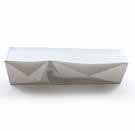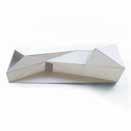
- 2023
BELLA CHOU | SELECTED WORKS 2019
Foreign + Familiar | Austin, TX | Spring 2021 Advanced Studio | Kory Bieg
Paleontological Preserve | San Antonio, TX | Fall 2019 Vertical Studio | Murray Legge
HIGHER
Professional Work | Shelbyville, TN | DD - CD | Bauer Askew Architecture, pllc
Professional Work | Franklin, TN | CD | Bauer Askew Architecture, pllc
DISABILITIES
Professional Work | Greeneville, TN | SD - 50% DD | Bauer Askew Architecture, pllc
1 FIT FOR HUMAN CONSUMPTION(?)
7
HOUSE, TWO HOUSES, THREE HOUSES Measures of Discomfort
Austin, TX
Spring
Vertical Studio
Piergianna Mazzocca 15 UNDERLAND
ONE
|
|
2020
|
23
EDUCATION CENTER
25
REFUGE CENTER
THE
27
SERVICES
CAMPUS
FIT FOR HUMAN CONSUMPTION(?)
Foreign + Familiar | Austin, TX
Spring 2021 Advanced Studio | Kory Bieg
Collaboration with Coleman Brink + William Hachtman
Design Excellence Award
Technology is ubiquitous; our relationship with electronics, both hidden and overt, has become integral in our everyday lives and has reformed how we interact and perceive the world around us. In the perpetual pursuit of utopia, futuristic machines constantly propose a new and improved way of living. While many of these proposals seem to be more applicable to temporally distant societies, our rapidly changing environment and needs suggest these future technologies could be implemented in the near rather than distant future. Despite the vision of a seamless integration of these technologies, a question of the spatial requirements to house these technologies arises.
Technology is a tool to change how we live, but contrary to our reliance on it in completing even the most mundane of tasks, technology is often tucked away into the periphery of our buildings and minds. Our project explores ideas of human viewership and interaction with the digital. Set in a near, speculative future, we wanted to confront our society’s complacency of existence what are the implications of space-making with a non-human centered focus? Architecture as a discipline has become constrained. In our constantly changing world, architecture is stable. Our explorations play with destabilizing the status quo. Programmatically, our project is a spectrum of human occupation, with technology taking precedence while humans become the periphery. Our projects are highly speculative, but rooted in our observations of human interaction with technology. This is just one potential future of many.
1






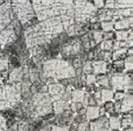
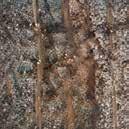

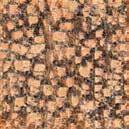









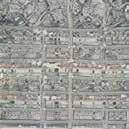
















2


Addition of Poles Mass


Response of Mass
Aggregation Study — How do we design to meet the needs of our rapidly changing society and what role does technology have in our design process? Using over 300 images of patterns, aerial views, and microscopic scans, machine learning was utilized as an exploratory tool to collage over UT’s campus. These suggestions of densification ultimately led to explorations of occupiable masses that challenge and invade the existing buildings and spaces.




3





4



















5

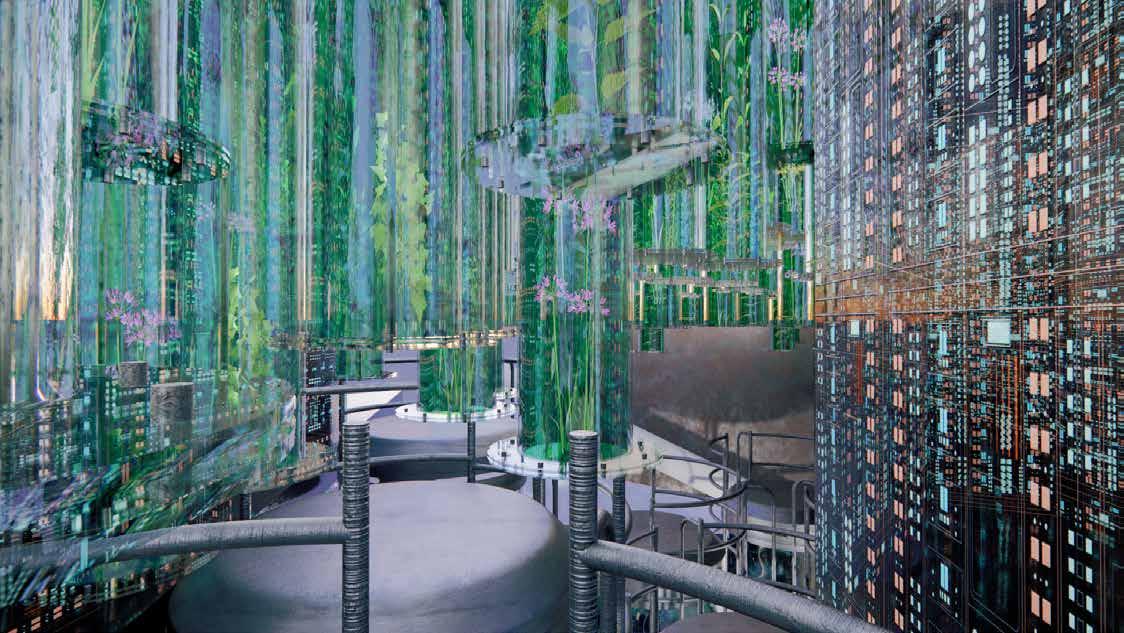
6
Future Foods— The structure spatially explores the complexity that surrounds the viewership and rhetoric of polarizing social views of bioengineered food. Algae tubes hang from the ceiling, creating an undulating sculptural element that challenge and compresses learners and encourages viewership and appreciation of the strange and wonderful technology.
ONE HOUSE, TWO HOUSES, THREE HOUSES
Measures of Discomfort | Austin, TX Spring 2020 Vertical Studio | Piergianna Mazzocca
“It is thinking about comfort that requires a thinking about discomfort.”1 Comfort is defined as “a state of physical ease and freedom from pain or constraint.” While discomfort is defined as “sight pain; a state of unease, worry, or embarrassment; something that makes a person feel physically uncomfortable.” Levels of physical discomfort are easily defined, but the layers of psychological discomfort that augment these feelings are more varied and harder to define.
One of the most prevalent psychological discomforts in the built environment is the idea of privacy in the domestic sphere. In this project, no subunit is truly private; layers of opacity loosely define public spaces from private, allowing views into each subunit from within the unit and from other units. Each subunit is comfortable in the physical measurement of space, but is extremely uncomfortable with the blurring of privacy.
1 Georges Teyssot and Catherine Seavitt in “Boredom and Bedroom: The Suppression of the Habitual.”
7

8






Unit 1 Unit 2 Unit 3 11

12
Section Perspective Unit 2 — Unit 2 houses two single people co-parenting a child. The bedrooms of the adults are stacked on top of each other, allowing for maximum privacy between the adults, while still allowing views into the child’s bedroom.
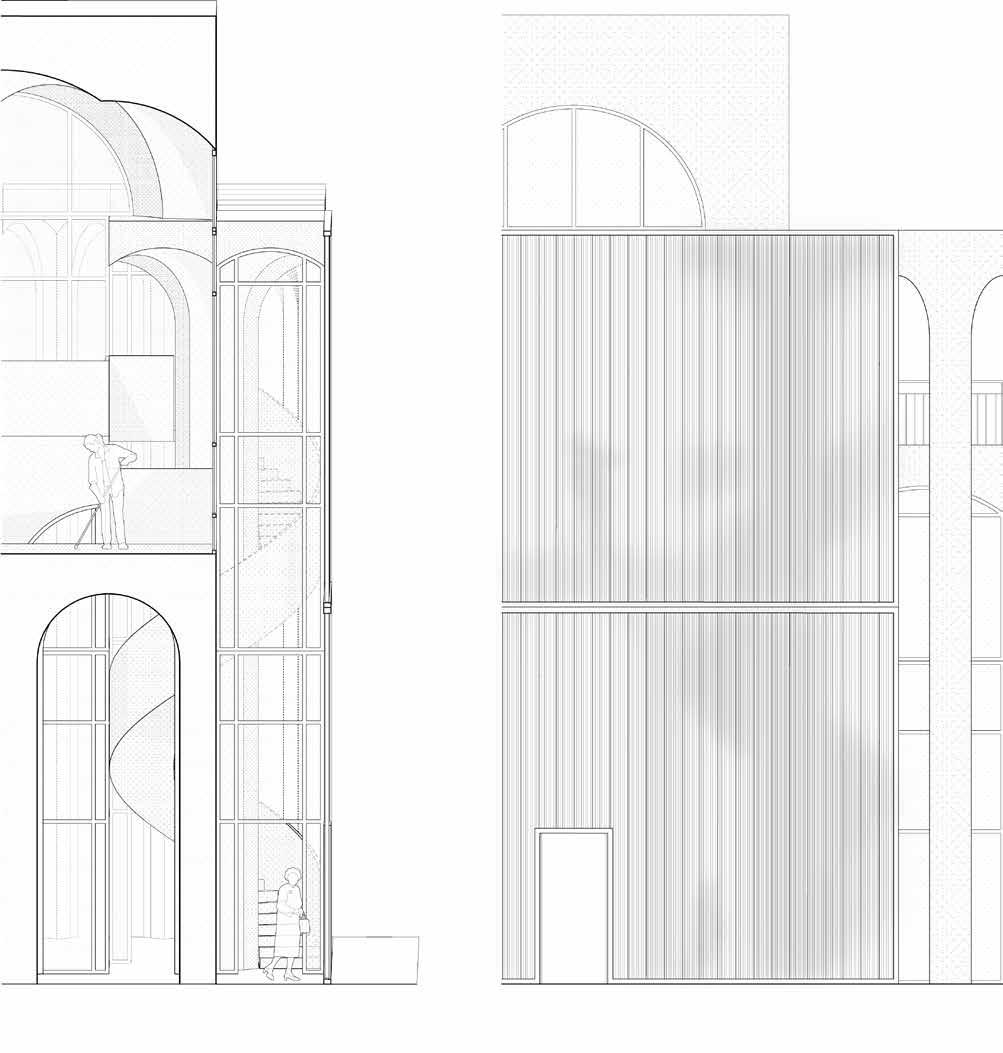
Facade Detail + Perspectives— Channel glass marks the “entrance” to each unit and shields the public spaces of the residence, while the opening between columns of the horizontal circulation create smaller apertures to view the private spaces of the unit. To create more privacy within the bedrooms, a system of sheer curtains is introduced to create levels of opacity and viewership according to the user.
13
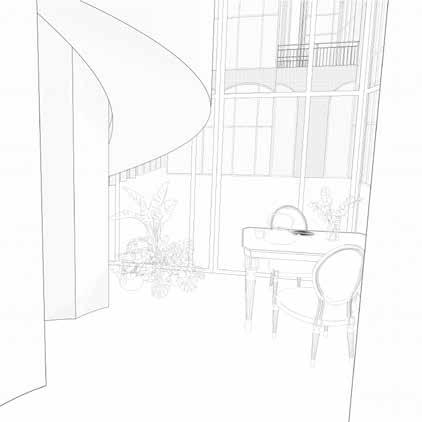





14
BELLA CHOU
Contact Experience
515.302.1765
bella.athena.chou@gmail.com
3115 Helms St, Apt 308, Austin, TX
Education
University of Texas at Austin Austin, Texas
Master of Architecture I May 2022
Smith College Northampton, Massachusetts
Bachelor of Arts in Architecture, Minor in Music
May 2018, cum laude
Awards & Publications
Design Excellence Nomination
University of Texas at Austin, Spring 2022
Featured in Tribeza Austin Curated Magazine | Oct 2021 No. 236
Grayson Gill Memorial Scholarship
Texas Architectural Foundation, 2021-2022
Louis F. Southerland Endowed Scholarship
University of Texas at Austin, 2021-2022
Design Excellence 2020-2021
University of Texas at Austin, Spring 2021
Eva & Jay Barnes, FAIA, Scholarship
Texas Architectural Foundation, 2020-2021
Sixth River Architects Endowed Fellowship
University of Texas at Austin, 2020-2021
Design Excellence 2019-2020
University of Texas at Austin, Fall 2019
Magic Architecture
Designer | Dec. 2023 - Present | Austin, TX
– Collaborated closely with leadership and clients to develop digital models and renders for commercial and residential projects in schematic design
– Developed construction documentation from Sketchup models, ensuring accurate representation of design intent and specifications
Bauer Askew Architecture, pllc Architectural Designer | Aug. 2022 - July 2023 | Nashville, TN
– Served as project Design Lead and Co-Project Manager for East Tennessee’s New DIDD Campus in schematic design and design development phases
– Collaborated with senior architects and project teams to develop construction documents for residential and institutional projects
– Assisted project managers with construction administration and coordination with consultants
Murray Legge Architecture, llc Intern | Summer 2021, Winter 2022 | Austin, TX
– Created physical models for projects in Schematic Design and Design Development
– Produced drawings for publications and awards, including the Lyceum Fellowship, ArchDaily, Archello, and Architizer
– Assisted Legge Lewis Legge, an interdisciplinary arts collective, with research, digital modeling, and visualization
University of Texas at Austin Teaching Assistant | Fall 2020 - Spring 2022 | Austin, TX
– Technology Lab | Courtney Morshed | Spring 2022
– Visual Communication | Elizabeth Danze & Joyce Rosner | Fall 2021
– Advanced Drawing | John Blood | Spring 2021
– Architectural Drawing | John Blood | Fall 2020
Skills
Adobe Creative Cloud, AutoCAD, Drawing, Enscape, Grasshopper, Microsoft Access, Model Building, Painting, Sketching, SketchUp, Revit, Rhino, Unity, Vectorworks, V-Ray






















































































